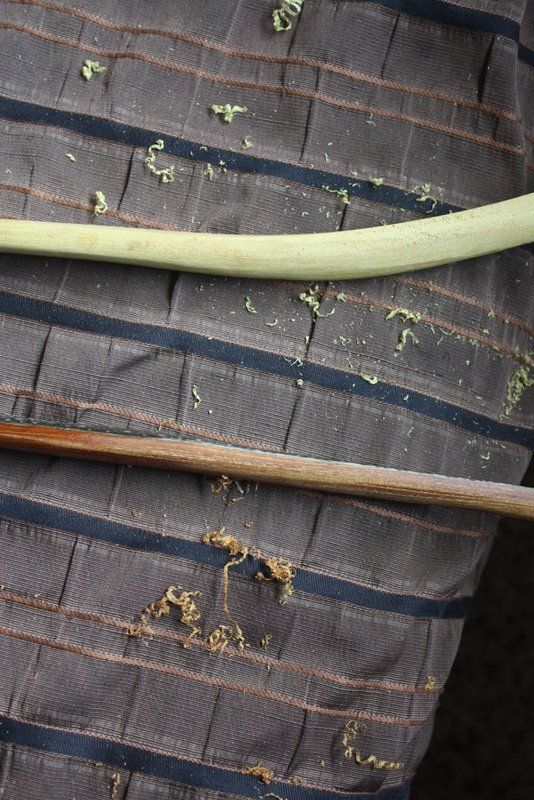One of the reasons I love working with wood is because it is so complex, dynamic, and extremely variable. The "wood" part of wood is comprised of Lignan. Lignan is a catch all term for some of the most complex, variable, and largest molecules known to man. We work with carbon-based skeletons from once living things, and no two examples of it are the same! I love it! I get all emotional cutting a yew tree that has been a living part of a forest for some 300 years.
Who knows what is going on at the cellular level of that living thing once it is cut? Any scientist out there understand what happens during the drying process? During the seasoning process? Anybody completely understand it? Anybody even vaguely grasp what is happening to wood on that level? Nope. It is too complex and variable. So the answer is not in the text book, on wikipedia, or in a lab. It is from our personal experience. I have some experience working well-seasoned wood and it is different from just dry wood. It looks different, feels different, sounds different, smells different, cuts different, sands different, glues different, bends different. Is it better? I don't know for sure, but it is most definitely different. And given the choice, I would take seasoned dry wood over just dry anyday.
For white woods, if you get whitewood dry initially, then decay is arrested and you are free to season it as long as you want, so long as it doesn't get too wet.
Wow, having a big cup o coffee after taking a week off has noticeable effects

Here is osage one year old (yeller), and 20 years old (amber)

